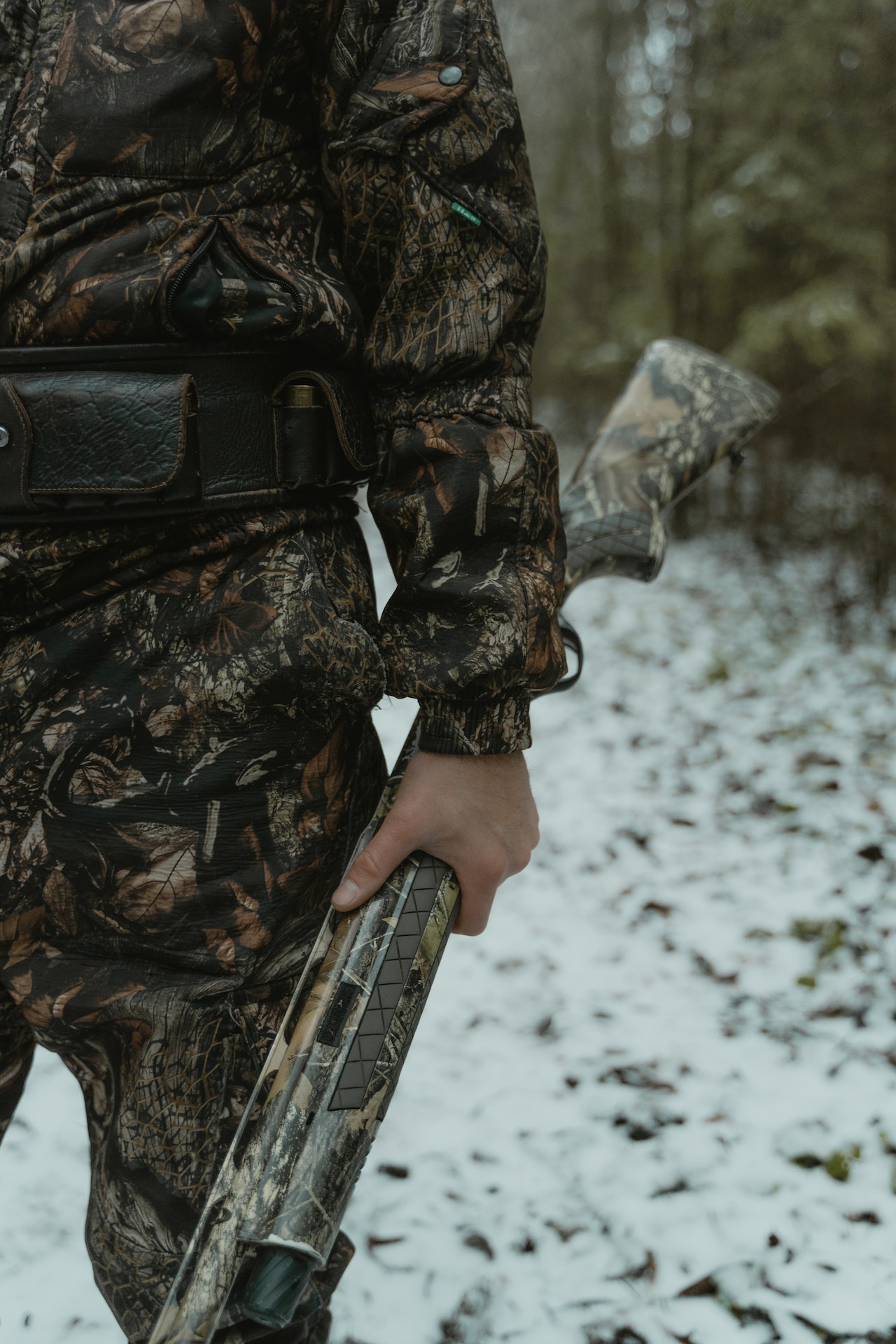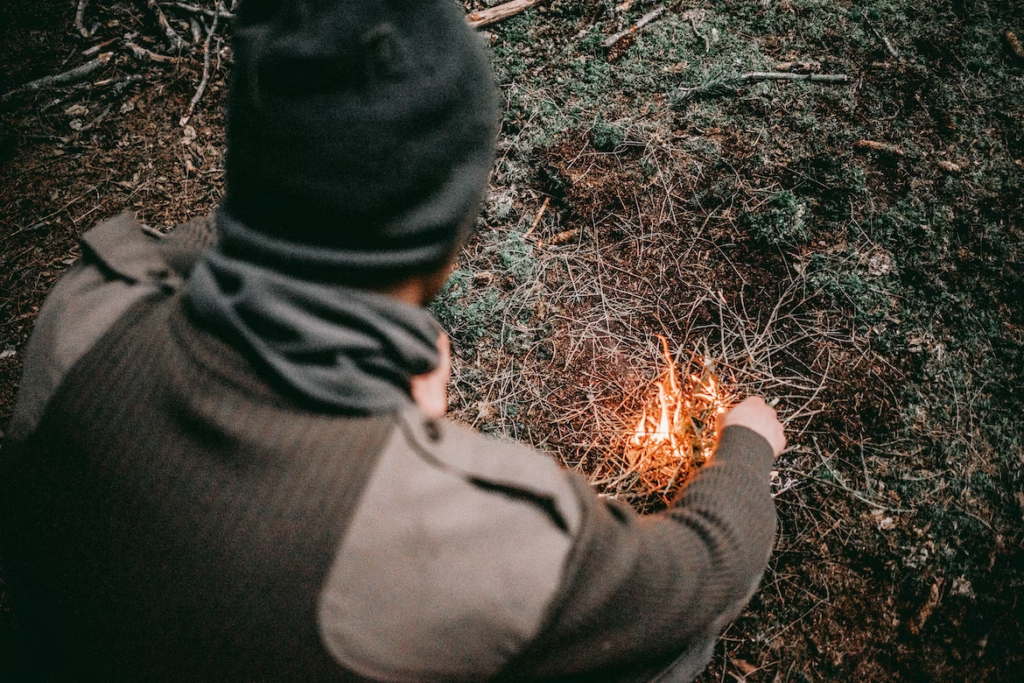Photo by: Tima Miroshnichenko Source: Pexels
Hunting can be an exhilarating pastime, a profound connection to ancient human traditions, and a practical means of sourcing food. Yet, nature is vast, and even experienced hunters can find themselves lost or stranded in the wilderness. Recognizing the potential dangers and knowing how to react can mean the difference between life and death. This guide will equip you with knowledge and steps to increase your chances of survival and rescue if you get lost in the woods while hunting.
1. Before You Depart: Planning and Preparedness
- Inform Someone: Always let someone know where you’re going, your intended route, and when you expect to return. This person can be a lifeline if things go south.
- Pack Essentials: Apart from hunting gear, ensure you have a basic survival kit. This should include a first-aid kit, whistle, firestarter, water purification methods, a multi-tool, compass, map, and emergency food.
- Weather Wisdom: Check weather forecasts. Knowing the potential conditions can guide your packing and plans.
2. Recognizing You’re Lost
The earlier you realize you’re lost, the better:
- Disorientation Signs: Suddenly unfamiliar terrain, a sense of panic, or realizing you’ve been moving in circles.
- Immediate Action: STOP.
- Sit down.
- Think about your last known location.
- Observe your surroundings.
- Plan your next move.
3. Stay Calm
- Deep Breathing: Helps to relax the body and clear the mind.
- Avoid Panic: Panic can cause hasty decisions that worsen the situation.
4. Assess Your Immediate Surroundings
- Safety: Are there immediate threats like wildlife, precarious terrains, or inclement weather?
- Resources: What do you have in your immediate environment that can help? This can be a water source, materials for shelter, or even a clear space for signaling.
5. Signal for Help
Your priority is to make yourself noticeable:
- Whistle Blasts: Three short blasts on a whistle is an international distress signal.
- Visible Markers: Place brightly colored clothing or other noticeable items in open spaces.
- Mirrors or Reflective Surfaces: Can be used to catch sunlight and signal aircraft or distant search parties.
- Fire: If safe, a fire can be seen from a distance and even provide warmth. But always remember safety first; avoid causing a forest fire.
6. Finding Shelter
In the woods, the elements are a significant threat:
- Natural Shelters: Overhangs, caves, or beneath large trees can provide immediate cover.
- Creating Shelter:
- Simple Lean-to: Find a strong branch and lean one end against a tree. Place smaller branches diagonally along its length, then cover with leaves or moss for insulation.
- Insulate From Ground: The ground can sap body heat. Lay down leaves or pine needles for added insulation.
7. Stay Hydrated
Water is essential:
- Natural Sources: Streams, rivers, or dew on plants. Always purify water when possible, either by boiling or using purification tablets.
- Avoid Drinking: From stagnant sources as they may contain harmful bacteria or parasites.
8. Food Sources
While you can survive for weeks without food, having sustenance can maintain energy and morale:
- Foraging: Familiarize yourself with edible plants and berries. Avoid anything you’re unsure of.
- Hunting and Trapping: Since you’re on a hunting trip, you may have the necessary tools. Prioritize smaller, easier-to-catch animals.
9. Stay Warm
Hypothermia can be a silent killer:
- Layering: Dress in layers to trap body heat.
- Stay Dry: Wet clothing saps warmth. Change if you have spare clothes or try to dry them by the fire.
- Avoid Sweating: If you’re too hot, remove layers. Sweat can dampen clothes and reduce their insulating properties.
10. Navigating Your Way Out
If you decide to move:
- Stick to Open Areas: These are easier for rescuers to spot you.
- Waterways: Rivers and streams often lead to populated areas.
- Avoid Night Movement: The chances of injury or further disorientation are higher.
11. Know When to Stay Put
In many situations, especially if injured or if you believe a search party is likely:
- Stay in One Place: Make your location visible, signal for help, and wait.
12. Using Technology
If you have them:
- Mobile Phones: Even with no signal, they can sometimes send out pings which can be traced.
- GPS Devices: Can help reorient you to known locations.
13. After Being Found
Once rescued:
- Seek Medical Attention: Even if you feel alright, dehydration, hypothermia, or other conditions might not be immediately evident.
- Debrief: Share your experience with authorities to help them refine search and rescue procedures.
14. Lessons for the Future
Every experience, especially harrowing ones, come with lessons:
- Reflect: Understand what went wrong. Was it a lack of preparation, not checking the weather, or ignoring signs of disorientation?
- Educate: Share your experience with other hunters or outdoor enthusiasts. It can be a cautionary tale that prepares them better.
15. Conclusion
The woods, while serene and beautiful, can be unforgiving. As a hunter, while the primary goal is the pursuit of game, the overarching priority is always personal safety. Being prepared, knowing the signs of disorientation, and understanding survival priorities can ensure that even when lost, you have a robust roadmap to find your way back or be found. Safe hunting!



